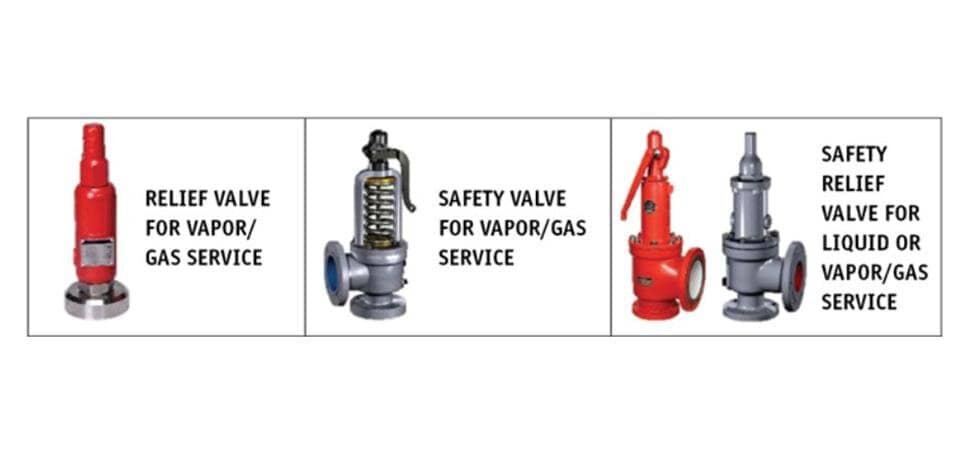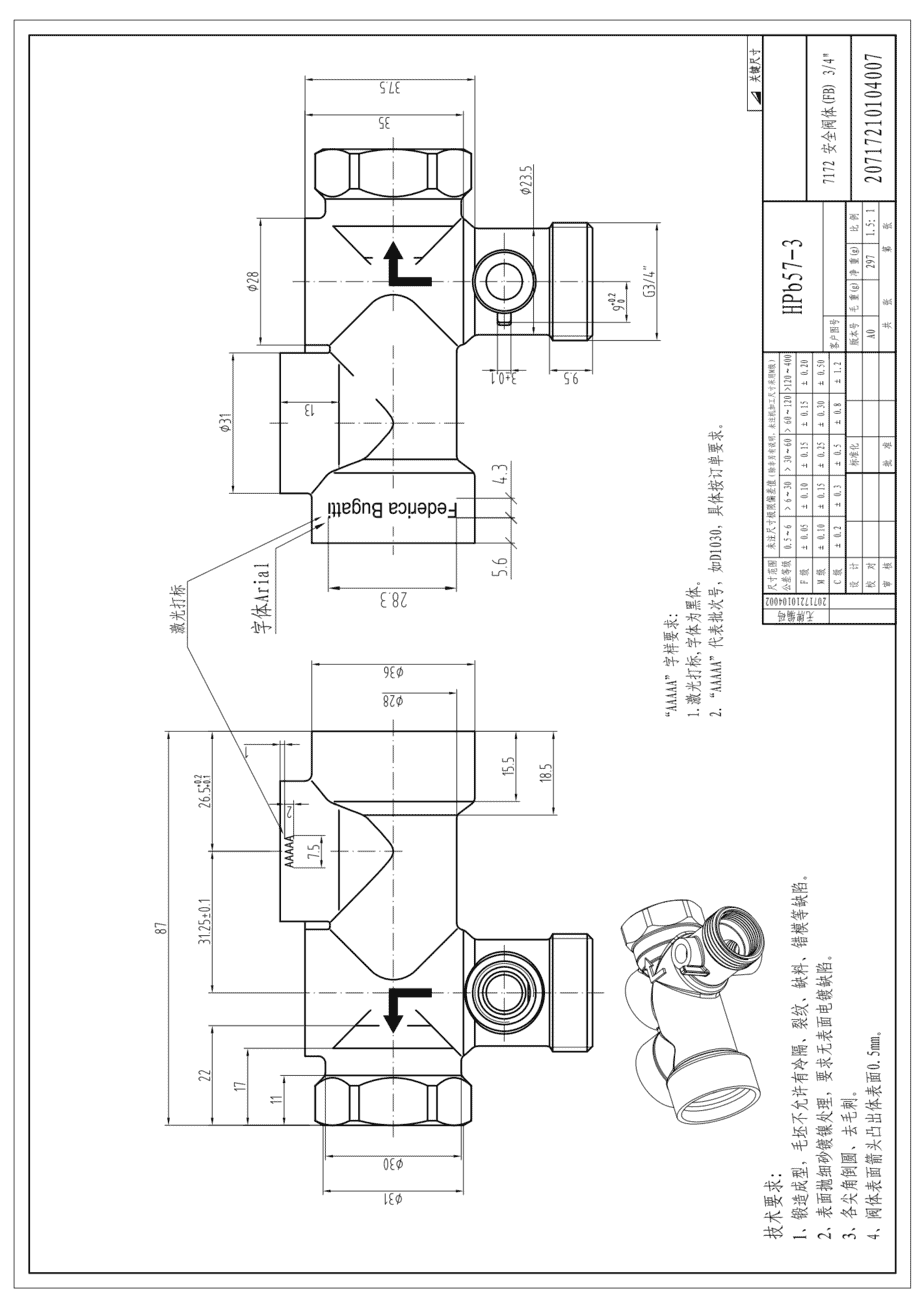We will discuss the pressure relief valves in this article. This guide includes types of relief valves, the working mechanics, and the principles of relief valves. This article also includes the valve installation process.
Introduction

If we talk about this technology-based era, more than half of the tasks are being done by machines and mechanical robots. For each and every task, the mechanics of the machine should work correctly. The machine’s processes are based on multiple factors, such as power sources, commands given to the machine, and multiple switches or valves.
Industries operate on multiple machines, and each machine has several valves. There are multiple types of valves, including pressure relief valves.
Machines and their thermostats are preset at different limits and settings. The valves are synchronized with these settings to ensure the safety or completion of a given task.
What is a Relief Valve?
Pressure relief valves are safety valves that play a vital role in the safety aspect. They are designed specifically to open at a preset pressure and discharge the fluid or gases to obtain a desired pressure.
Depending upon the machine these pressure relief valves are being used with, they either discharge fluid or gases to release pressure from the machine.
Pressure relief valves are automatic, and they get activated when the pressure of the machine exceeds the pressure limit, so they release the pressure and keep the pressure of the machine in the limit that is safe to operate.

Types of Relief Valve
The pressure relief valve allows the machine to operate safely by managing the release of excess gas or fluid in the machine pipelines.
The types of pressure relief valves can be categorized into three main categories:
1. Relief Valve:
The relief valve’s making is spring-loaded and functions as a gradual opening and closing. These types of valves are activated by upstream pressure, and they are mostly used with incompressible fluids.
These valves are of two types: a. Adjustable & b. Electronic. The adjustable relief valve allows the excess pressure to be set by an outlet port and discharges the amount of fluid that can cause excess pressure.
On the other hand, the electronic relief valve has the capability to continuously observe and regulate the system’s pressure. These types of valves are mostly used in closed liberation systems.
2. Safety Valve:
Unlike relief valves, safety valves are used with compressible fluids like gases and vapors. They are known for their quick opening and closing system as they are used with gases and vapors.
They further have three categories – a. low lift safety valves – that have small capacity and the valve lifts 1/24th of the bore diameter, next is b. High-lift safety valves can lift to 1/12th of the bore diameter, and the last one is c. Full-lift safety valves lift to 1/4th of the bore diameter and are mostly used for steam-releasing services.
3. Safety Relief valve

– In comparison to safety valves, relief valves can be used for both gas and fluids as they are capable of both rapid and gradual opening. Safety relief valves can further be classified into many types:
- Conventional spring-loaded – In this type of valve, the bonnet, guide, and spring are exposed to the released fluids.
If the bonnet is exposed to the outer atmosphere, the backpressure decreases, whereas if the bonnet is exposed to the internal, the backpressure increases.
It is mostly used in systems where the backpressure is 10% less than the set point. As the three main elements of the valve are exposed to the released fluid, this type of valve must be used only with non-corrosive systems.
- Balanced spring loaded – In this type of valve, the spring, bonnet, and guide are safe from the released fluid, and the only thing that is exposed to the fluid is the disc.
The disc area exposed to the outer atmosphere is equal to the disc area exposed to the back pressure. These valves can be used with corrosive or dirty fluids that might have variable back pressure.
- Pilot-operated– This type of valve is a pilot-operated valve. This valve creates a pressure that serves as resistance to the main pilot valve, and this pressure increases as the process pressure gets closer to the set point.
- Power actuated – As the name suggests, the power-actuated valves are connected to a power source, such as electricity, steam, or water. With this valve, the pressure is released to either the open atmosphere or a container.
- Temperature pressure actuated – As the name indicates, the temperature pressure-actuated valves are connected to the temperature of the external side, whereas the inlet is connected to the pressure of the inside of the system.

Working and mechanics of relief valve
The main role of the relief valve is to manage the pressure of the system by releasing excess fluid or gas. As there are many different types of valves, they all work in different manners, but the purpose remains the same.
The relief valves release the pressure to manage the inside pressure of the system that it is attached to. Once the pressure surpasses the resistance being created by the valve is decreased.
Principle of a relief valve
The pressure relief valve works on the principle that the outlet pipe that leads to the exhaustion of the gases or the fluid is typically larger than the inlet pipe. In most types of pressure relief valves, the working is such, that when the pressure from the inner fluid or gas becomes higher and it becomes higher than the force of the spring, it opens the valve instantly and this results in the release of gas fluid to maintain the inner pressure.
Relief Valve Installation
If the pressure relief valve is of any type, the installation is more or less the same, with a couple of points to keep in mind.
- Mount the valve vertically, keeping it upright with a spindle vertical
- Avoid over-tightening of the valve
- Male threads should be applied only to pipe dops.
- The inlet pipe should be short and direct. The inlet should not be of a smaller diameter than the valve.
- The inlet should not be near an unstable area.
- The outlet pipe should be always supported. In other cases, it can lead to excessive leakage.
- To achieve the maximum capacity of the valve, the outlet pipe should be as large as the valve outlet size.
- The outlet pipe should not cause any strain on the valve due to thermal expansion
- The valve set point should not be kept really close to the excess pressure set point of the system
- Try not to test your valve too many times, as it allows dirt and other external particles to enter the system.
Final Words
Pressure relief valves are one of the main elements used to avoid any explosion or machine failures. As the name tells us, pressure relief valves are to maintain and manage a system’s pressure based on gases or fluids.
In multiple machines, there is a certain level of pressure that a machine can take, may it be gas or fluid. When exceeded, This set point pressure can cause an explosion or failure of the machine.
Pressure relief valves can avoid this problem. There are multiple types of pressure relief valves, but most of them typically work on the same principle: when the pressure exceeds the set point, this valve opens up and releases the gas or fluid of the system. Could you please feel free to contact us for further requirements regarding the safety valves
